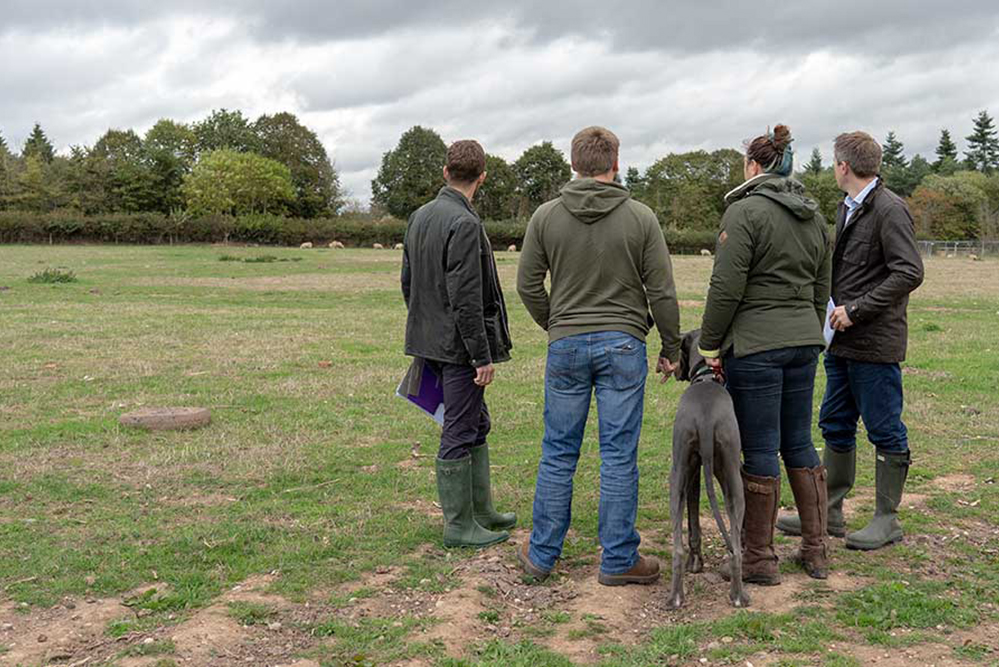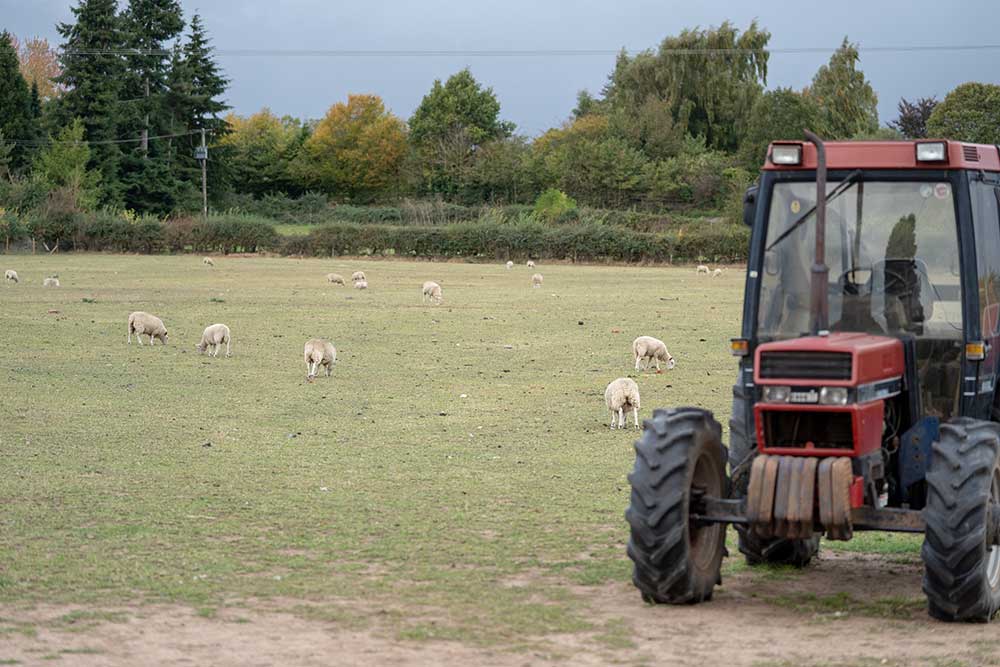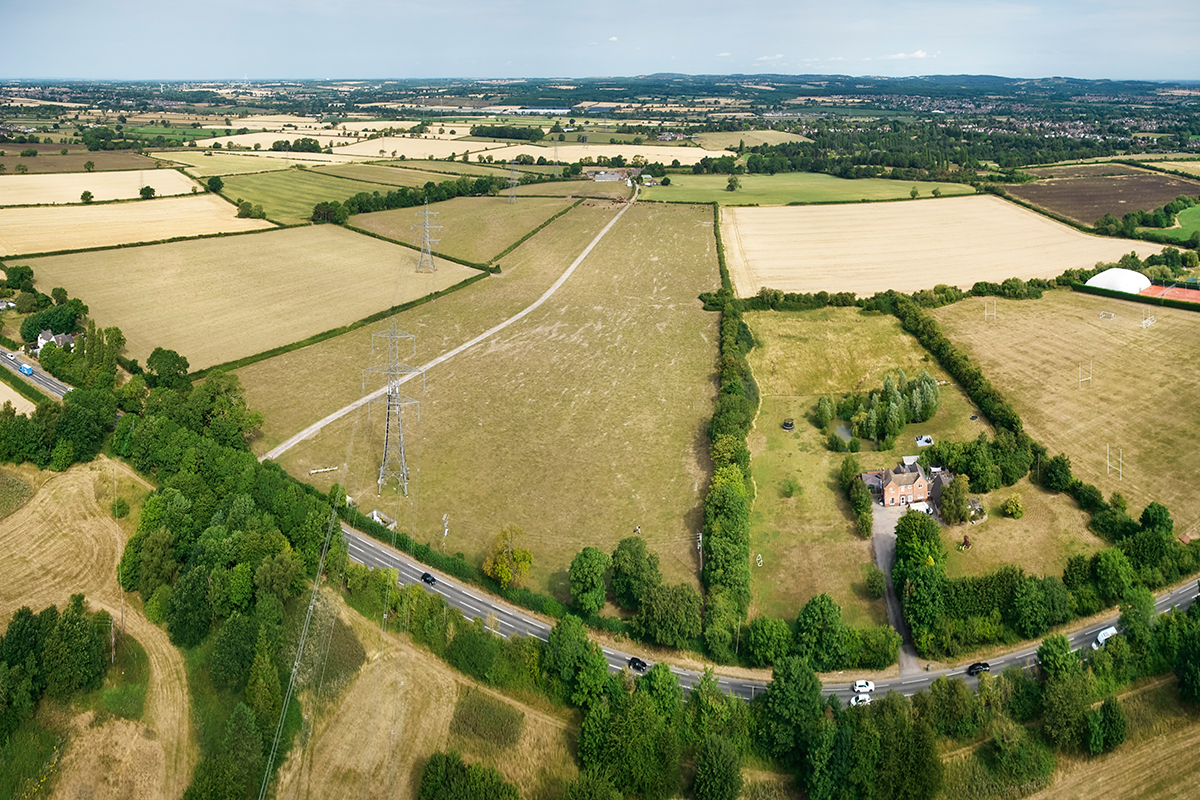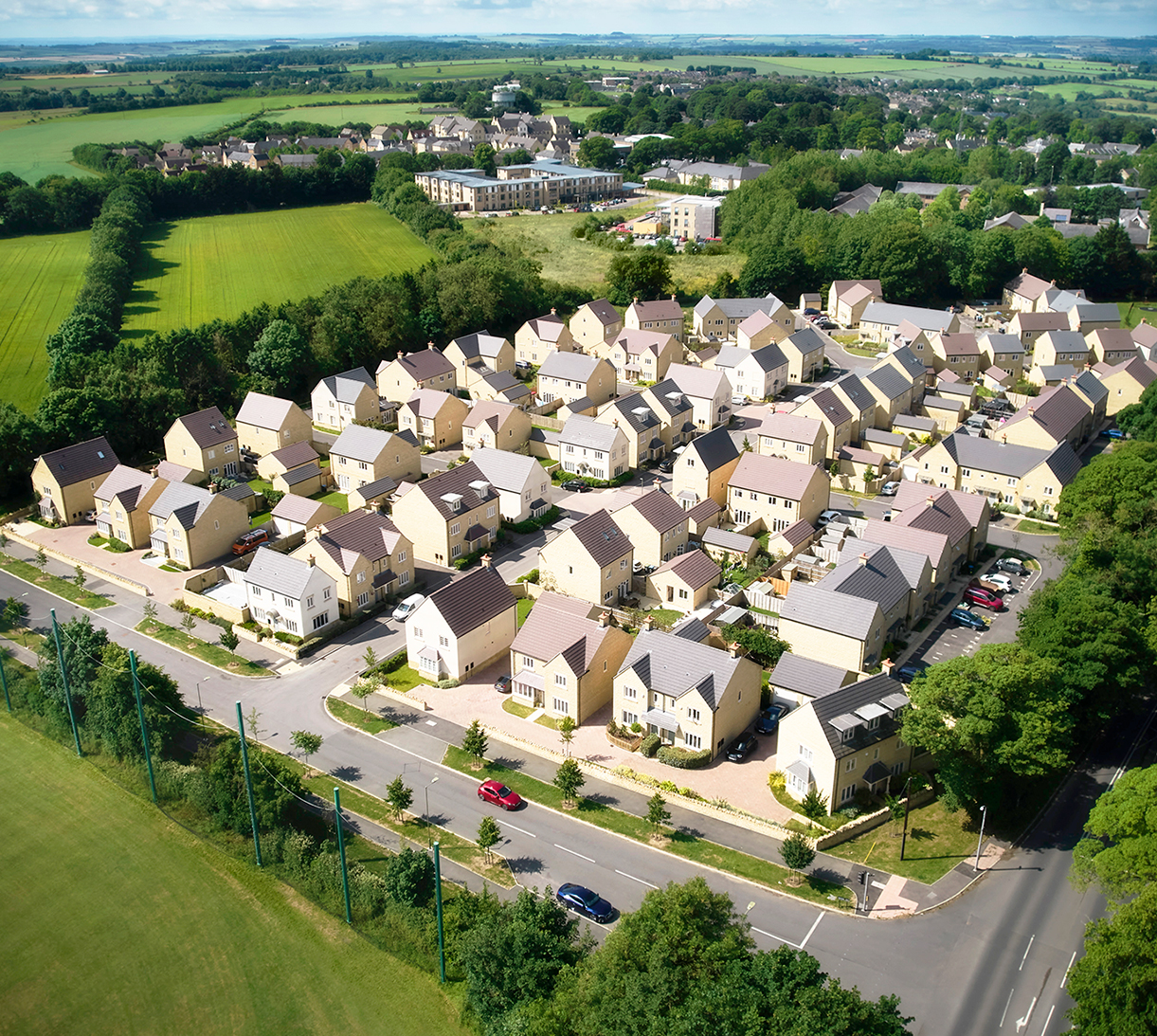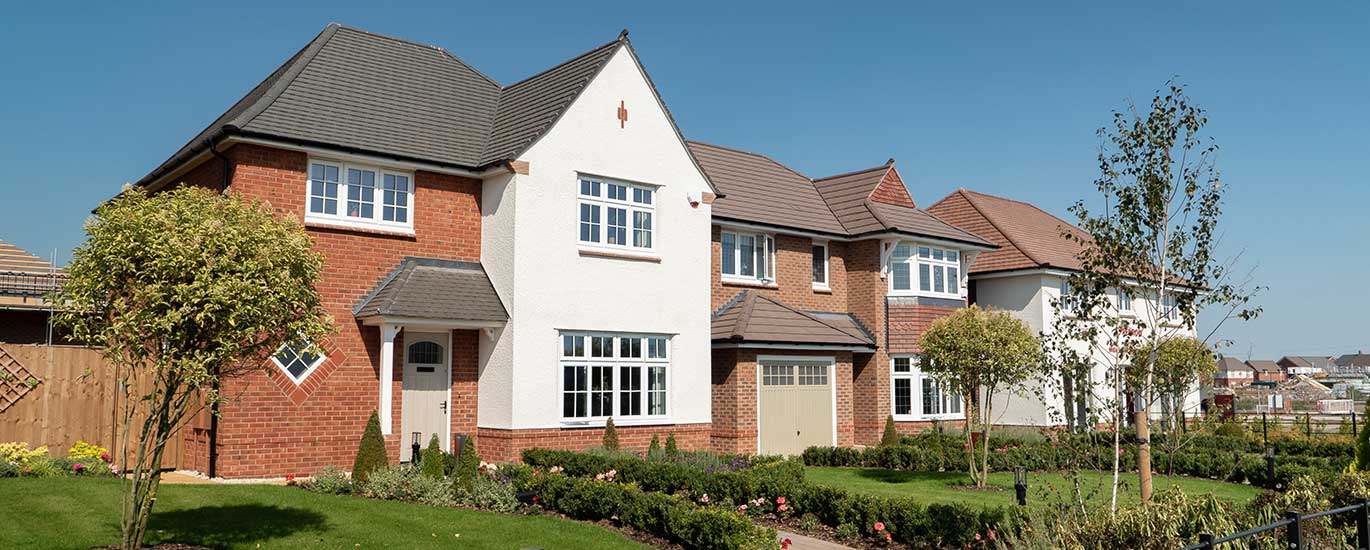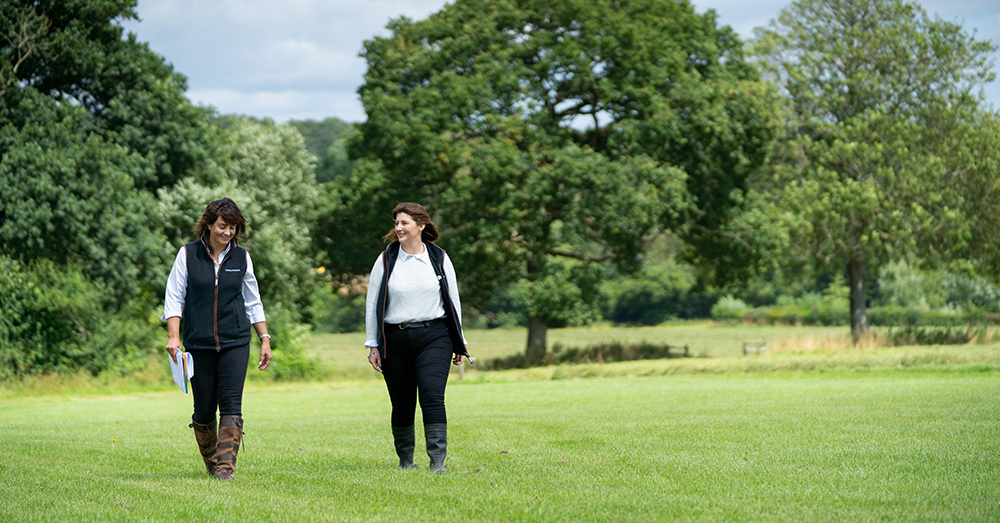What is Strategic Land?
If you work in the planning or land sector, ‘strategic land’ is a common phrase. But what does it actually mean?
The word strategic in terms of land can generally mean two things:
1. It's ‘strategic’ due to its location, for example the land site provides the key to unlocking wider infrastructure delivery or provides a route into a larger area of land to be developed.
2. Or its ‘strategic’ due to its close proximity to existing development, services and facilities. Meaning the land is in a sustainable location with potential to be developed in the immediate, shorter term or longer-term future.
It ultimately means land that has potential for future development.
This land could sit alongside an existing housing development (greenfield or Green Belt) or be an urban brownfield site for example.
The different types of strategic land
Strategic land is generally located on the edge or close to sustainable towns and villages with good transport links and local facilities.
Often the land doesn’t have planning permission but has the strategic potential for future development.
